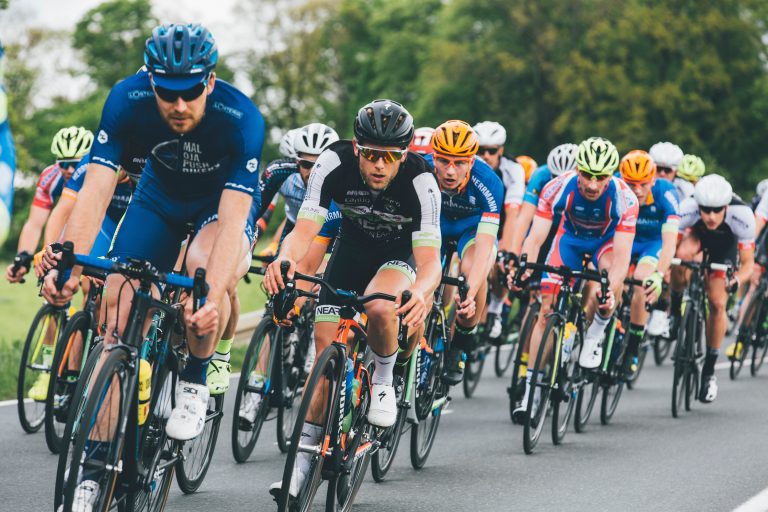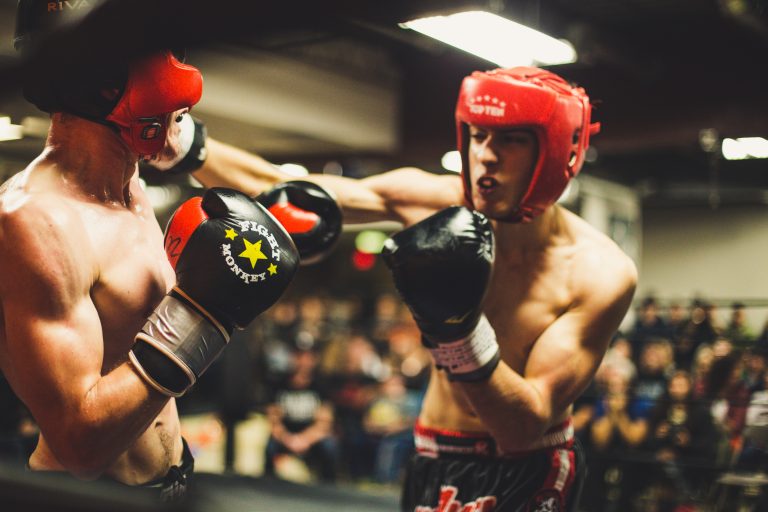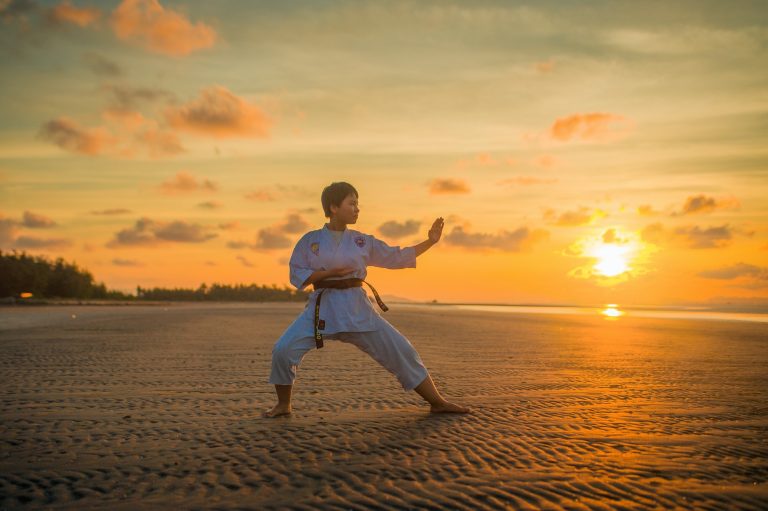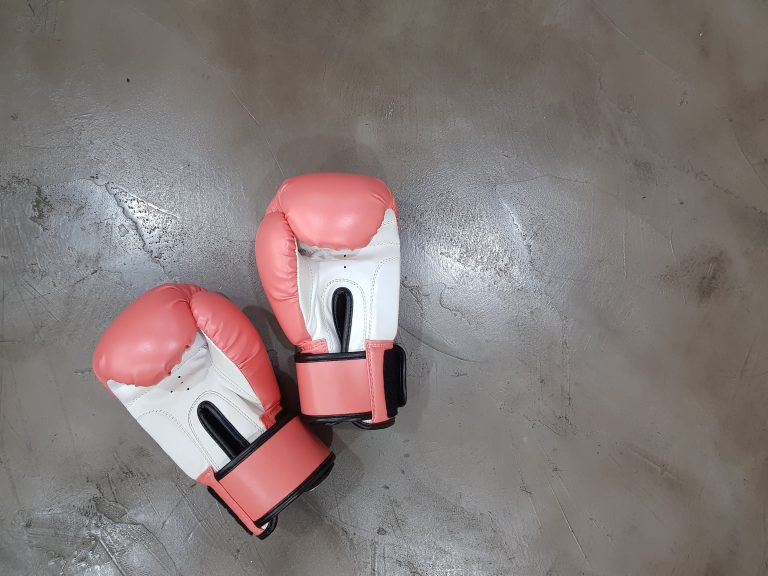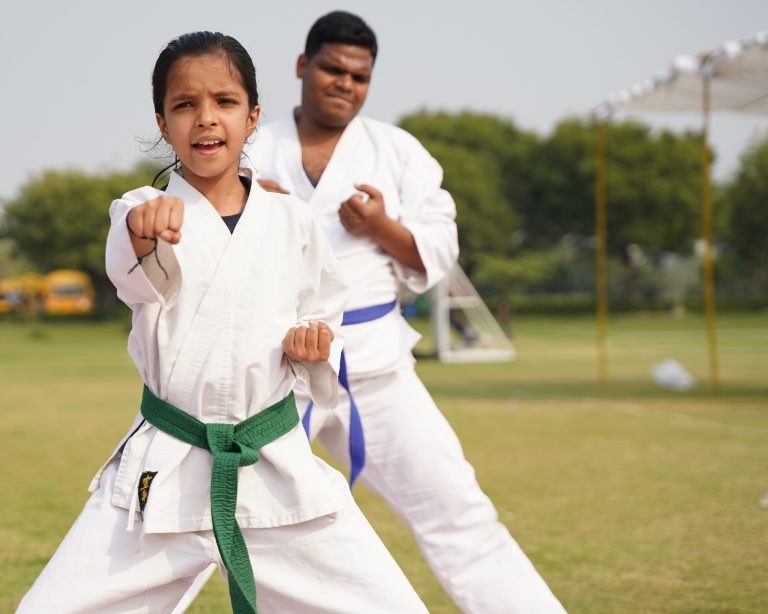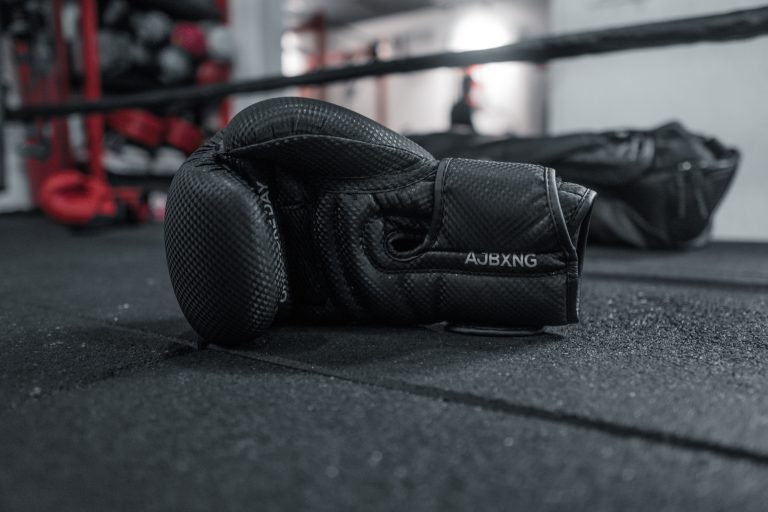Karate: What is it and What Styles are There?
Karate, a martial art that originated in Okinawa, Japan, is a form of fighting that has gained significant recognition worldwide thanks to its emphasis on strikes, kicks, and punches. The word “karate” translates to “empty hand,” which refers to the fact that karate practitioners use their bare hands and feet to execute moves.
There are different forms or styles of Karate, each with its unique techniques, training methods, and regulations. In this post, we will explore the various styles of karate and what differentiates them from one another.
The Main Styles of Karate
Shotokan Karate
Shotokan karate is one of the most popular forms of karate globally, attributed to its close association with modernization and globalization. It emphasizes powerful techniques and linear movements, with its practitioners often preferring simplicity and effectiveness over elaborate and flashy moves. Shotokan karate’s trademark is its powerful stance known as the “horse stance,” where the karateka (‘karate practitioner’) spreads their legs far apart to gain stability when delivering kicks and strikes.
Goju-Ryu Karate
Goju-Ryu karate is another style of karate that incorporates both soft and hard techniques. It emphasizes circular movements, with its practitioners often relying on quick and sharp moves to surprise their opponents. Goju-Ryu aims to use an opponent’s strength against them and focuses on generating power through breathing techniques. Thus, practitioners of Goju-Ryu karate are popularly deemed to be masters of the respiratory arts.
Shito-Ryu Karate
Shito-Ryu karate is a form that blends both hard and soft movements, incorporating the techniques of Goju-Ryu and Shorin-Ryu karate. Due to this blend of techniques, Shito-Ryu karate is known to satisfy the needs of both beginners and experienced martial artists. Practitioners of this style emphasize stance work and powerful strikes, making it a great option for those who wish to balance strength and flexibility.
Wado-Ryu Karate
Wado-Ryu karate is a lesser-known form of karate, though it still has a decent following worldwide. Wado-Ryu focuses on avoiding confrontation and using an opponent’s movements against them to inflict their attack, discouraging the use of brute force or aggression. It emphasizes speed over strength, with rapid attacks, lightning-fast footwork, and fluid techniques being the hallmarks of this style.
Conclusion
Karate has numerous styles that differ in technique, training, and form. These styles offer unique advantages to those who learn them. Aspiring karate practitioners often select a style based on their body type, goals, and preferences. Regardless of the style you choose, karate teaches discipline, control, and self-defense skills that will help build physical, mental, and emotional health.
Karate: What is it and What Styles are There?
Karate is a form of martial art that began in Okinawa, Japan. It primarily involves striking techniques using hands, feet, elbows, and knees. It is a popular martial art form globally and has been adapted in different styles across countries. This article will provide you with answers to the most frequently asked questions about the topic „Karate: What is it and What Styles are There?“
What is Karate?
Karate is a type of martial art form that primarily focuses on striking techniques. It involves the use of hands, feet, elbows, and knees to deliver powerful blows to an opponent’s body. Apart from fighting techniques, Karate teaches discipline, self-control, and self-defense. It is a great tool for improving physical and mental fitness, promoting discipline and building confidence.
What are the Benefits of Karate?
Karate has various benefits, some of which include:
1. Improved fitness: The rigorous training routine in karate increases physical endurance, strength, and flexibility.
2. Self-defense: Karate teaches effective self-defense techniques that can come in handy in real-life situations.
3. Mental fitness: Karate teaches discipline, self-control, and concentration, which helps to improve focus and mental clarity.
4. Promotes confidence: Accomplishing tasks during karate training and overcoming challenges can help build self-confidence.
What are the Different Styles of Karate?
Karate has different styles that have evolved over time. Some popular Karate styles are:
1. Shotokan Karate: This is one of the most popular Karate styles. It is characterized by deep, strong stances, linear techniques and powerful strikes.
2. Goju-Ryu Karate: Goju-Ryu Karate is a style that balances hard and soft techniques. It involves circular movements and breathing exercises.
3. Shito-Ryu Karate: Shito-Ryu Karate is a style that combines different fighting techniques from Okinawa karate with Chinese martial arts elements.
4. Wado-Ryu Karate: Wado-Ryu Karate emphasizes the use of body movement to evade an opponent’s attack and stabilize oneself for a counter-attack.
5. Kyokushin Karate: Kyokushin Karate is known for its full-contact fighting style. It involves sparring without protective gear and encourages breaking boards and bricks to showcase strength.
How is Karate Practiced?
Karate training involves various practices, including kihon (basics), kata (forms), kumite (sparring), and kyu (ranks). Beginners start with learning the basics of Karate, which includes techniques such as punches, kicks, blocks, and stances. Subsequently, they learn and practice katas, which are prearranged sets of movements to improve form and technique. Kumite, or sparring, is practiced to simulate fighting scenarios, and ranking involves a system through which degrees of expertise are awarded.
What Equipment is Needed for Karate?
The equipment required for Karate depends on the style of Karate one practices. The essential equipment required for Karate includes:
1. Uniform or gi: This traditional uniform helps the practitioner move freely and provides protection during bouts.
2. Protective gear: This includes headgear, mouth guard, groin protector and hand protection, and foot protection.
3. Weapons: Certain Karate styles, such as Kobudo, involve the use of weapons such as the bo, sai, tonfa, and nunchaku.
What are the Basic Movements in Karate?
Some of the basic movements in Karate are:
1. Punches: There are different types of punches taught in Karate, including straight punches, uppercut punches, and hook punches.
2. Kicks: Kicks are another essential aspect of Karate. Different kicks taught in Karate include front kicks, roundhouse kicks and sidekicks.
3. Blocks: Blocks are used to prevent an opponent’s attacks. Different blocks taught in Karate include inward blocks, outward blocks and upward blocks.
Conclusion
In conclusion, karate is a powerful martial art form that offers practitioners numerous physical and mental benefits. It has many styles, each with its unique characteristics and techniques, making it a versatile and well-rounded martial art. To practice karate, one needs to have discipline, self-control, and physical endurance. With practice, one can develop skills to defend themselves and also become physically and mentally fit.
Inhaltsverzeichnis

